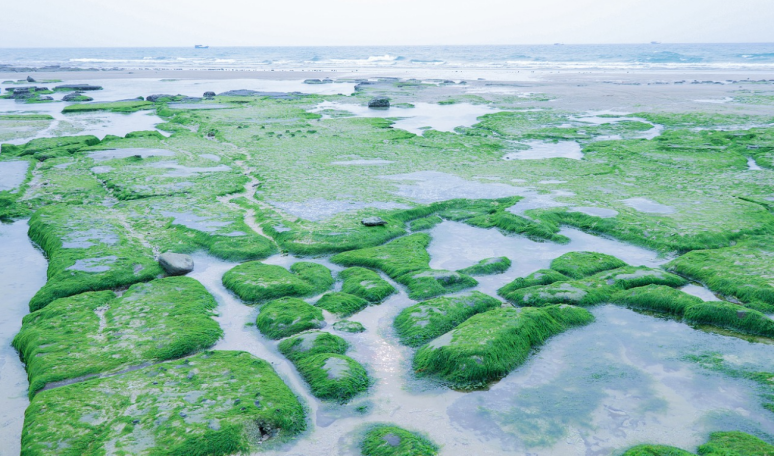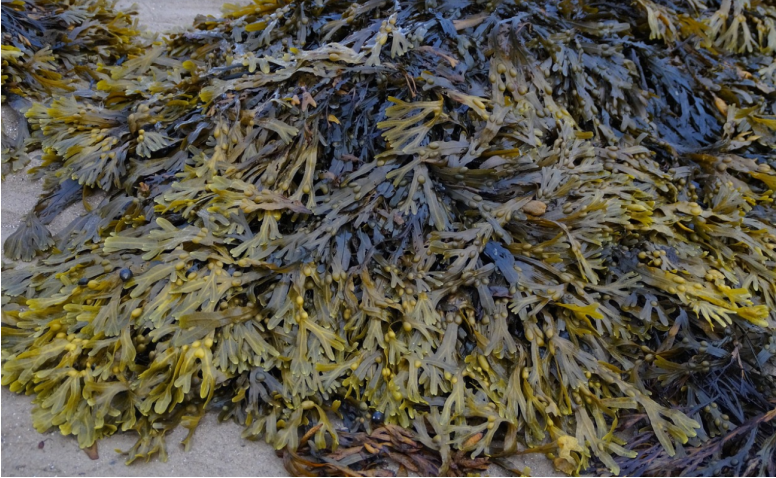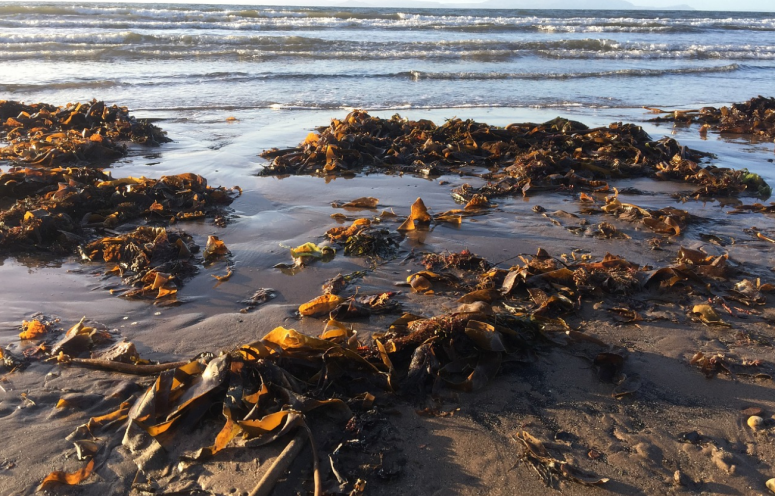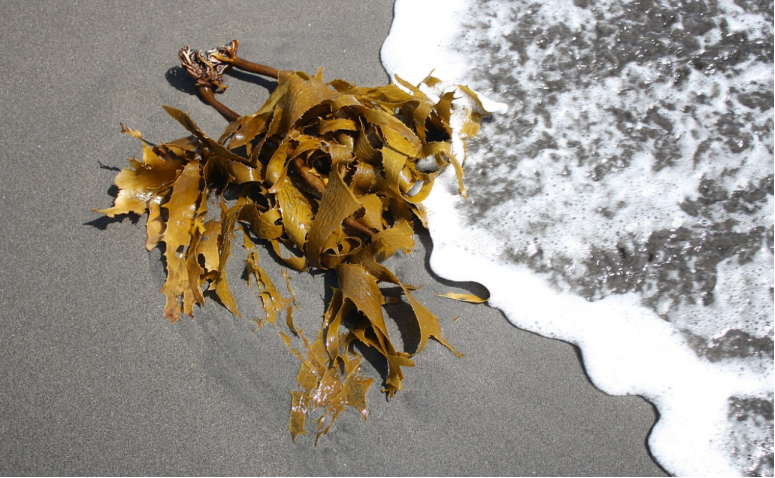Seaweed as an organic fertilizer has a lot going for it. It’s an abundant resource that washes upon beaches throughout the world. It can be dried for easier transport, or incorporated wet into compost. It’s also a good source of plant nutrients, such as nitrogen, phosphorus, potassium, calcium and magnesium.
Seaweed has a rough, fibrous texture, making it an effective soil conditioner. It improves soil drainage and aeration when added to compost or tilled directly into the soil. Seaweed has a neutral to slightly alkaline pH and can help neutralize acidic soil — a good thing for seaside gardens, which are often acidic.

PREPARING SEAWEED FERTILIZER
Most beachcombers look for sea shells, but collecting seaweed instead not only provides a free source of fertilizer, but also cleans up beaches, making them more appealing for recreation. Take a few big buckets when you visit the beach to store the seaweed. Both brown and green types of seaweed are suitable for fertilizer. Ask the local parks and recreation office, though, before harvesting seaweed from a protected beach.
Spread the seaweed in a thin layer and wash it thoroughly with fresh water to remove salts, or spread it on a hard surface and allow summer rains to leach the salt out. Putting it in a rain barrel serves the same purpose. Do not use fresh seaweed without washing it! The salt in it will burn or kill your plants.

USING SEAWEED FERTILIZER
After the seaweed has been thoroughly cleaned, you can add it to a compost heap in either wet or dry form. Dry seaweed functions as a brown (carbon-rich) ingredient, similar to dead leaves or small twigs. Wet seaweed is a green (nitrogen-rich) ingredient. Mix seaweed with other organic materials to prevent it from matting together in a slimy mess in the compost bin.
Seaweed makes an effective mulch, as well. After it is clean, spread it on a hard surface and allow it to dry out in the sun. Use it to mulch flower beds, trees and shrubs, like you would wood chip mulch, or add it to vegetable gardens to suppress weeds. Use it to cover tender plants, such as strawberries, if frost threatens.

OTHER SEAWEED FERTILIZER OPTIONS
Of course, not everyone has a free, never-ending supply of seaweed right outside their door. If you’re interested in the benefits of seaweed fertilizer, but lack a nearby beach, consider dried seaweed products instead.
Kelp seaweed products come in several forms, including powders, liquids and enzymatically digested formulas. These fertilizers are used primarily for the micronutrients and growth hormones they provide. They are usually a poor source of nitrogen, phosphorus and potassium. They may be combined with dried fish fertilizers, which boost the amount of nitrogen they contain. Dried fish formulas often have an objectionable fish smell, but the odor soon dissipates.
